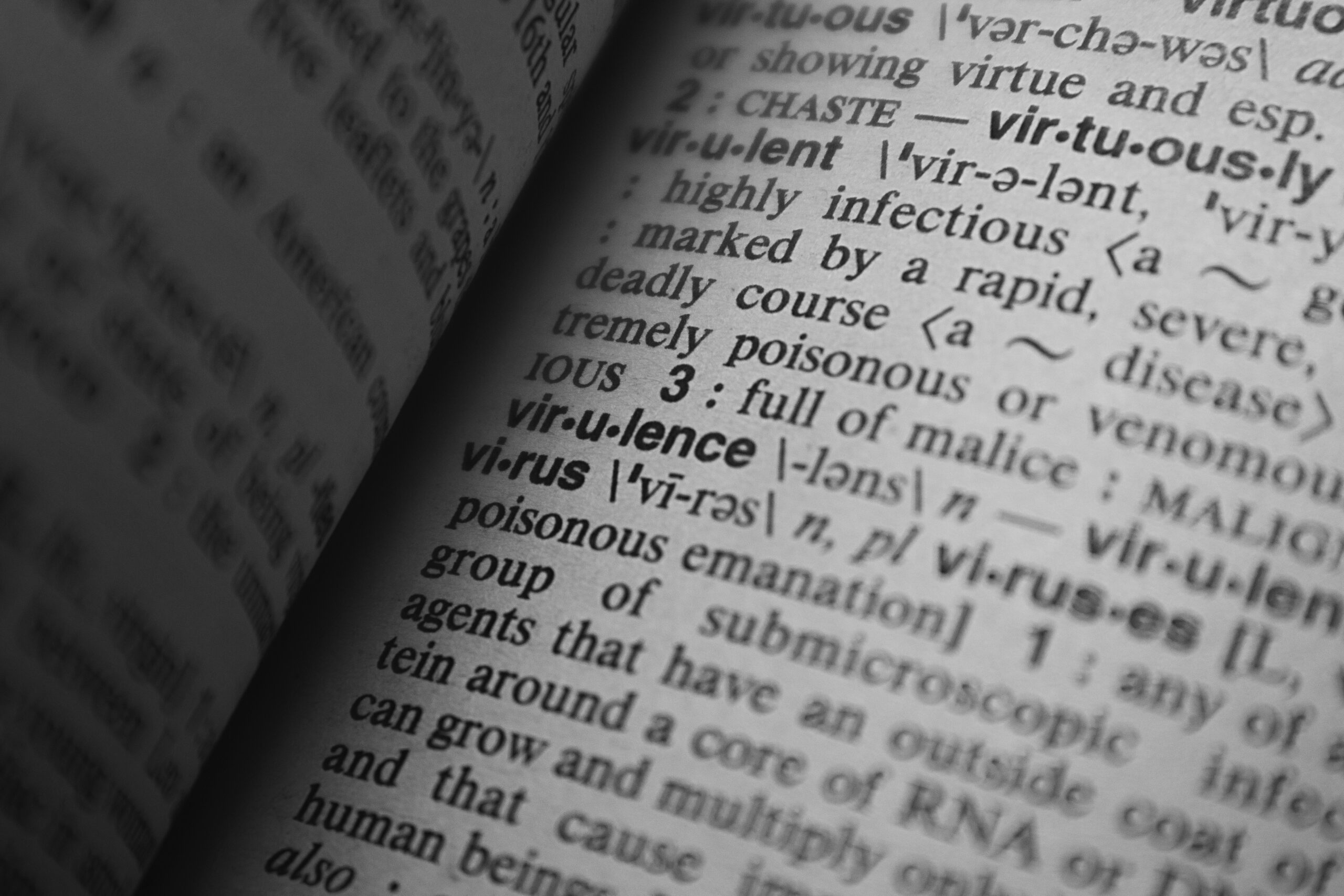Discourse Analysis

Discourse analysis is a branch of study that includes a variety of varied. Mostly qualitative methods to the study of links between spoken language and the social world. Language is often viewed by researchers in the subject as a sort. Of social activity that affects the social environment and vice versa. Michel Foucault’s views on power, knowledge. And discourse have inspired many current forms of discourse analysis, Whether overtly or indirectly. Foucault’s work has sparked renewed interest in the function of language in the development and preservation. Of certain pieces of knowledge, as well as inequitable power relations.
Discourse analyses are often conducted by human geographers using one of three major streams of discourse analysis: Foucauldian discourse analysis (FDA), critical discourse analysis (CDA), or Gramscian techniques. There are several theoretical and methodological distinctions between these methods. Nonetheless, each method provides researchers with a helpful tool. For investigating and exposing semiotic aspects of power relations in certain sociocracies situations. While there are no set methodologies for these approaches, researchers have identified many essential investigative tactics that can help with any sort of discourse analysis study.
Discourse Analysis Meaning
Discourse analysis is a form of inquiry that examines written or spoken language in relation to its social environment. It is communication between people that extends beyond a single statement, either verbally or in writing. Discourse is more than simply language, to be sure. Language studies can focus on the particular meanings of words, and the term “language” can cover all types of linguistic and symbolic elements. Beyond that, the discourse examines the entire meanings transmitted by language in the context of the discourse’s social, cultural, political, and historical history. The language employed in certain social circumstances is a prominent approach to viewing dialogue. As a result, language functions as a tool for influencing societal change or achieving a certain purpose.
There are some key considerations to keep in mind when conducting discourse analysis
1- The function and influence of several languages.
2- Execution of cultural conventions and communication standards are among the techniques that can be used.
3- The manner in which ideas, beliefs, and assumptions are communicated, as well as the manner in which regional speech is utilized to communicate and depict the social, historical, and political context.
Types of discourse
Argumentative Discourse
persuade the audience or reader that his argument and point of view are valid. by employing a range of logical and fact-based statements to appeal to the audience’s sense of reason.
Such as Essays, lectures, and prose.
Narrative Discourse
Narrating the story in order to communicate the information in a fun and interesting way.
Such as Stories, Plays, and folklore.
Description Discourse
Trying to portray an accurate picture of an event, location, person, or thing such that the audience may visualize the real picture of what is being described.
Such as Novels and poetry.
Expository Discourse
educating the audience on a specific issue.
Such as Definitions, laboratory reports, book summaries, encyclopedias, instructions.
The Analysis Process
Vocabulary
Examining the meaning of words and phrases, as well as their relationship to the speaker’s context, text arrangement, and modality.
Grammar
The emphasis is on grammatical concepts like sentences, parts of speech, active-passive voice, and the usage of questions.
Genre
A method of employing language for a variety of goals, as well as its link to social context (a news item, interview, fiction, non-fiction, educational and literary genres).
Non-verbal communication
Involves differences in communication speed, voice tone, intonation, emphasis, rhythm, pauses, and speech phrase.
Structure
Entails examining the structure and arrangement of the text, as well as the sentences, paragraphs, and their context.
Culture
Involves an in-depth examination of communication utilizing cultural interaction theories and codes.
Discursive statements
Comprises the writer’s/arguments, speaker’s viewpoints, and thoughts.
Literary figures
Consists of (idioms, similes, metaphors, allegories, proverbs).
The main approaches of discourse analysis
Language-In-Use
This first language-in-use method is concerned with micro-dimensions of language, how these qualities connect within a social context, and grammatical structures, among other things. It largely focuses on interaction and text within context policy and values. Discourse analysis, as defined by this discipline, emphasizes the numerous linguistic aspects within a social context. The link between social environment and language is the emphasis of language-in-use.
Sociopolitical
Sociopolitical is the second most significant method, and it is most commonly employed in the human and social sciences. This sort of discourse analysis is concerned with the impact of language on the social situation. Critical sociopolitical discourse analysis is often used in the social and professional sciences, where analysts employ this technique.






